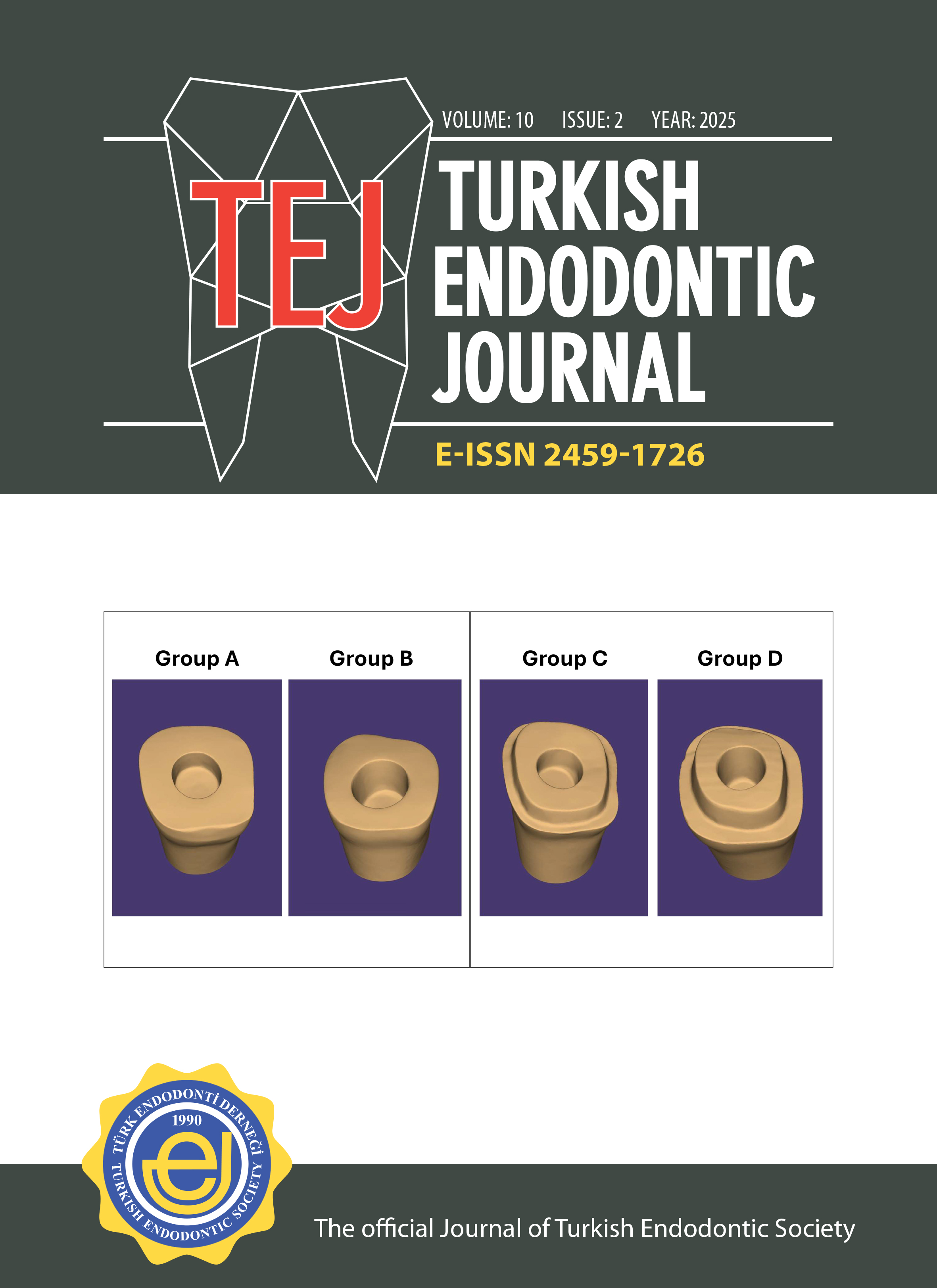The evaluation of pulse oximetry measurement in determining the health status of pulp in primary molar teeth
Tuğba Sert1, Volkan Arıkan21Private Dented Oral and Dental Health Clinic, Ankara, Türkiye2Department of Pediatric Dentistry, Kirikkale University Faculty of Dentistry, Kirikkale, Türkiye
Purpose: The purpose of this study is to establish whether there is any correlation between the health status of pulp and the oxygen saturation values measured by pulse oximetry in primary molar teeth. It is aimed to evaluate the effectiveness of the oxygen saturation values in diagnosing the pulp status.
Methods: The study was conducted on 95 lower second primary molar teeth from 77 patients (aged between 6–9 years). Teeth were assigned into four groups: healthy pulp (positive control, n = 25), reversible pulpitis (n = 25), irreversible pulpitis (n = 25), and negative control (n = 20). The oxygen saturation levels of all teeth in the four groups were measured using pulse oximetry.
Results: The paired comparisons revealed that the positive control group had a higher average value compared to the pulpitis groups (reversible and irreversible; p < 0.001). There was no significant difference between the reversible and irreversible pulpitis groups (p = 0.275).
Conclusion: Pulse oximetry can be used for the distinction of healthy pulp and pulpitis; however, the stage of the pulpitis cannot be determined through this method in primary molar teeth.
Manuscript Language: English



















